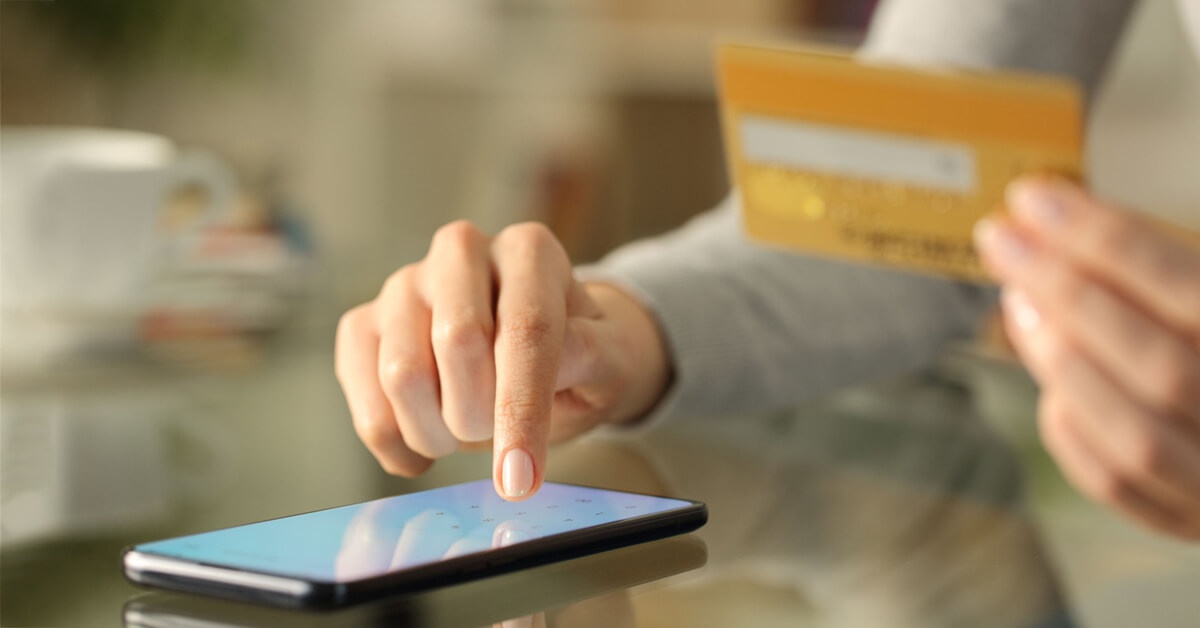As you develop your SaaS brand, you have two options for product pricing: offering a subscriptions service or selling your software under a one-time, perpetual license. A subscription service gives customers access to your software for as long as they pay for it, whether that means paying a year’s worth of access or paying monthly. Licensing it with a one-time payment gives your customers access to the software as it is and never have to re-pay.

Why you should choose a subscriptions service
Both options have their advantages, but the subscription model frequently stands out when you consider the benefits for both you and your customer. Here is what you need to know about offering a subscription service.
Subscriptions can be profitable over a longer period of time
SaaS brands face the same challenges as lottery winners when it comes to marketing their services: do they take the lump sum from customers or opt for monthly payouts? In the case of SaaS brands, the monthly payments can be more lucrative in the long run.
Licensing agreements were developed in the early days of computers when you had to physically buy software, usually in the form of floppy disc or a CD, and install it. Licensing companies would try to grow their profits beyond one-time offers by selling updated software models and add-ons.
Today, the perpetual licensing model makes less sense from a business perspective. Let’s say you sell your product for $200 per license. That customer could use your software for years. However, if you charge $20/month for a subscription, your company can make the same amount as the license model within a year—anything a customer pays after the 10th month is increased profit.
People often forget about their subscriptions
One of the bigger risks of using the subscription model is that your customers will cancel the service before the sale becomes profitable. Using the example above, if a customer cancels a $20/month subscription after six months, the company only earns $120, $80 less than if they had used the licensing model.
However, when you consider customer behavior, you find that people often forget how much they pay—and what they pay for—with subscriptions. Every SaaS brand wants to offer a service that customers use daily or weekly. However, you can boost your monthly profit by having low-use customers that continue to subscribe from month-to-month.
Subscription services have a lower cost-per-acquisition
One metric that your brand can look at when reviewing the options between perpetual licensing and software subscriptions is the cost-per-acquisition (CPA). This metric looks at the amount you spend on a customer on average to get them to buy from you. For example, if you spend $1,000 on marketing in a month and get 10 new customers, your CPA is $100.
A subscription model can lower your CPA and help you attract new customers by lowering perceived risk—or the potential costs and problems that could arise from buying your product. Your customers only have to pay for your service for a month; they know they can cancel at any time and never pay again. This reduces the risk and makes it easier to click buy.
If you can increase the number of people who are at least willing to try your service, you can focus your marketing efforts on retaining these customers instead of solely acquiring new ones.
How to weigh the subscription model for your business
Before you launch a subscription service for your brand, weigh your financial needs to ensure you set a profitable price. What are your operating and overhead costs? How much do you need to bring in monthly to turn a profit? These metrics will help you set a fair subscription cost that is also profitable for your brand.
While licensed software tools paved the way for the current digital subscription model, this is the best option for most SaaS brands in the modern economy. Your customers want the lower perceived risk and you can bring in more money over a longer period of time.
Post A Reply